(I understand you may be confused because we are currently in Johannesburg, but I am just now getting around to doing this post, so sorry for being late.)
Portugal’s gastronomy is one that I found very unappreciated. That’s why my good friend Colleen and I are going to talk about it today!
Hello everyone, and welcome back to our blog’s food series. This one’s going to be a little different because we have guest writer Colleen helping us out this time! Colleen (or Miss Colleen, as we call her) is our writing teacher, who is from the USA, but we met her in Panama and now she just so happens to live in Portugal. While we were living in Spain we decided to take a trip and visit her and her husband for a week. The food that we ate there was just so different from anything I’ve ever seen, so of course I had to do a blog post about it. Since we were only there for a week, and didn’t have nearly as much time to experience as much food as we wanted to, Miss Colleen will be writing about it with me.
Because we have a guest writer this time, this post is going to work a bit differently. Miss Colleen will be writing her portion (ha! food puns!) about food from Portugal from a traditional and cultural standpoint, whereas I will be writing about the food that I experienced in Portugal, like I have in the past.
Without further ado, here is Food Blog Post: Portugal Edition!
Traditional Portuguese Food, by Miss Colleen
Portugal is a country at the western-most edge of Europe and has nearly 1,800 miles of coastline that meets the Atlantic Ocean. Surrounded on all other sides by Spain, this small country seems to pride itself in doing things differently than the rest of its European companions. One such difference that is purely Portuguese is its cuisine. Heaping portions of seafood, meat, and carbohydrates steal the show at any traditional Portuguese restaurant. Portuguese food is perfect for anyone who enjoys a filling meal made with simple ingredients and flavors. The land and sea seem to lovingly provide all of the natural ingredients required to keep the Portuguese people loyal to their favorite traditional meals.
Because of its temperate weather and location next to the Atlantic Ocean, food is plentiful in Portugal. Farmlands where abundant fruits and vegetables grow spread between the handful of larger cities. Likewise on these farms, cattle, pigs, chickens, rabbits, and even snails are raised. However, in addition to the multitude of meat options available, there is one specialty for which Portugal is known around the world. Here, seafood is king! Fresh fish, octopus, squid, coddlefish, shrimp, clams, muscles, and bacalao (dried and salted codfish) can be found on every menu and on every family’s dinner table because of its abundance. A visit to Portugal is incomplete without tasting the many ways seafood is prepared.
Carbohydrate lovers will feel as if they have died and gone to heaven during their visit to Portugal. Accompanying the delicious meats, one will find that two or more carbohydrates accompany a meal. Potatoes, rice, pasta, garbanzo beans, and bread come in endless portions! It is a wonder that most Portuguese people maintain a healthy weight and live until their eighties. But it should be noted that Portuguese food is prepared fresh and does not have the preservatives or added chemicals that food in The United States does. Fresh crusty bread goes perfectly with soup made from beans or root vegetables, which are carbohydrates. Additionally, rice and bread are prepared as desserts. It is seemingly impossible to walk away from a table of Portuguese food and still be hungry.
Portuguese cuisine is simple and hearty. Its simplicity comes from the basic spices and flavors that are used in its preparation. Fresh garlic, olive oil, vinegar, salt, pepper, and a mild pepper oil called ‘piri piri’ are the flavors one will find in Portuguese dishes. Instead of fancy sauces, one simply uses a combination of any of the aforementioned spices. Americans may struggle with this concept and any search for ranch dressing or a dish with melted cheese is futile. Portuguese people love cheese, but never melted over meat, fish, or their carbohydrate side dishes. The simplicity of its preparation and presentation allows for the authentic flavors of the meat, seafood, vegetables, and carbohydrates to shine.
Few people realize this, but Portugal is famous for its wine. Vineyards sprawl across the rolling hills and valleys throughout the country. Portuguese varieties of wine extend beyond simple red or white. Vinho verde, or green wine has a lightly sweet and refreshing flavor. In one of the northernmost cities, Porto, a rich dessert wine, port, originates. Another dessert wine, Jingha, is a cherry liqueur and a special treat for wine aficionados, especially when served in an edible chocolate shot glass. Wine is an inexpensive accompaniment to any dish. In fact, doctors in Portugal recommend a glass of red wine to their elderly patients to help them battle anemia. Most Portuguese people, however, do not need an occasion to indulge in their favorite wine as it flows more readily than water or soda.
Tradition is important to the simple and genuine people of Portugal. Food preparation is no exception. Eating at a restaurant where such delicacies such coddlefish, squid ink, cow hooves, barnacles, and salted cod can be intimidating to a new-comer. However, every dish is prepared with passion by someone who sincerely appreciates that you stopped by. The lack of ‘umph’ in the spicy-cheesy-saucy area is certainly overcome by the feeling of joy one feels when sharing a bit of Portuguese culture along with their loaf of bread.
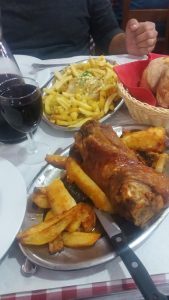
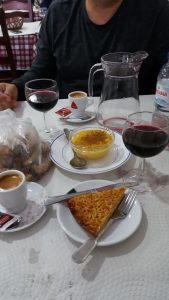


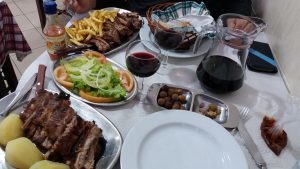

What Haley Ate in Portugal
Disclaimer: I did not include ‘real’ Portuguese food in this part of the blog post because I did not get a chance to eat a lot in Portugal. We were only there for a week and we cooked dinner at home six out of the seven nights. The only time I had a chance to eat out in Portugal was when we were out exploring and we decided to stop at a cafe for a little snack. Hence why my pictures of food from Portugal are mainly dessert-like. With that out of the way, enjoy!
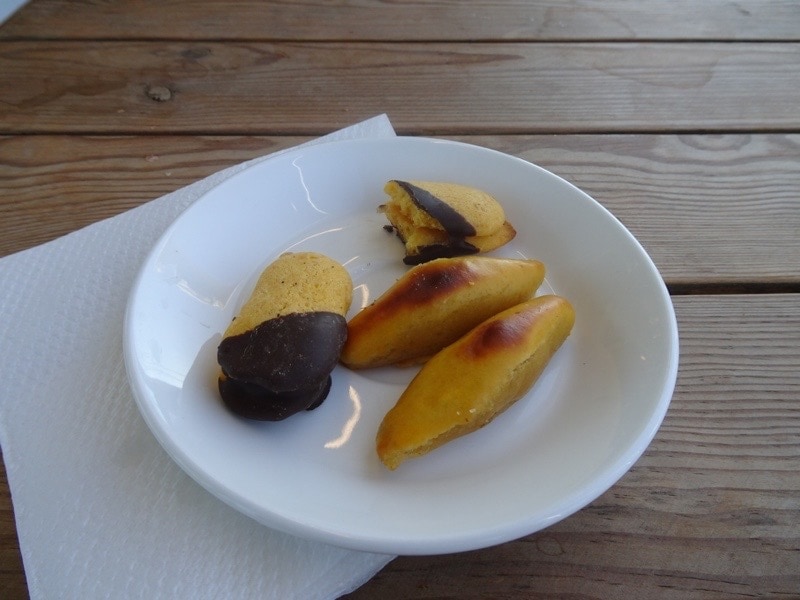
While we were out, we got tea, of course! This kettle was quite interesting because when you take the kettle by the handle….
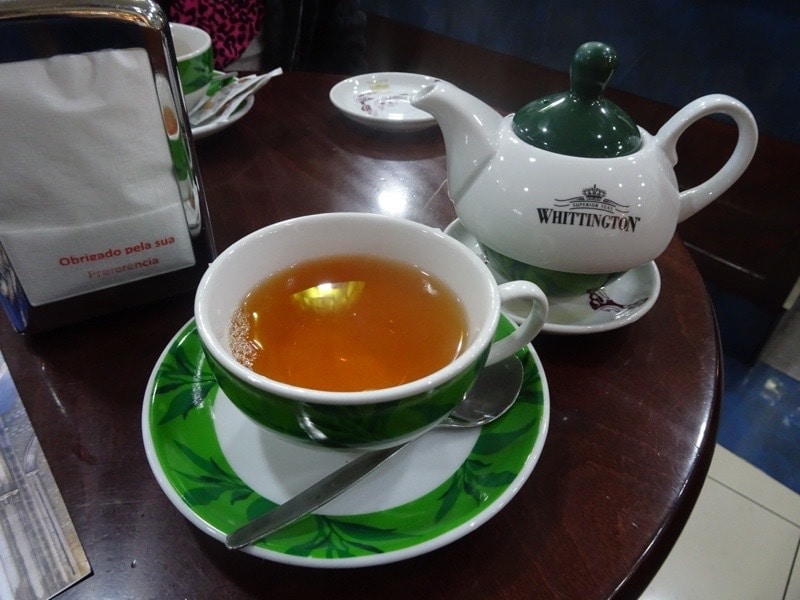

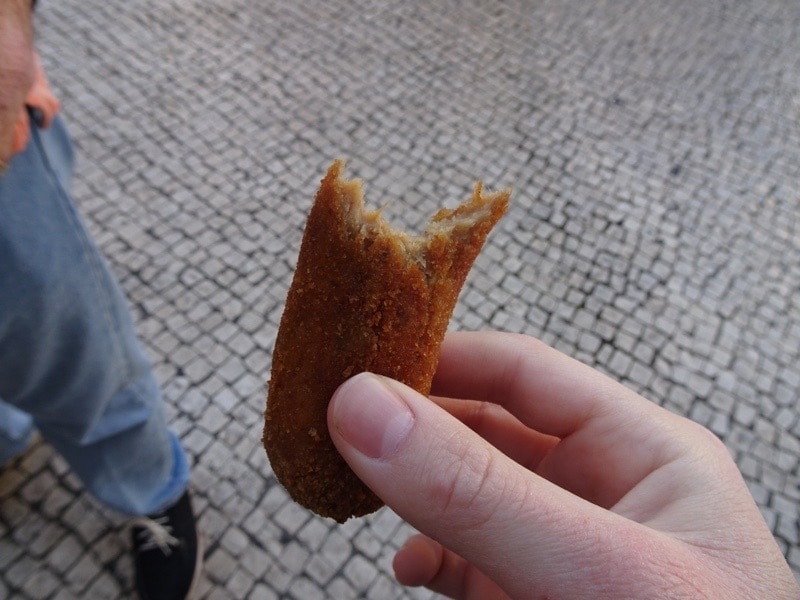
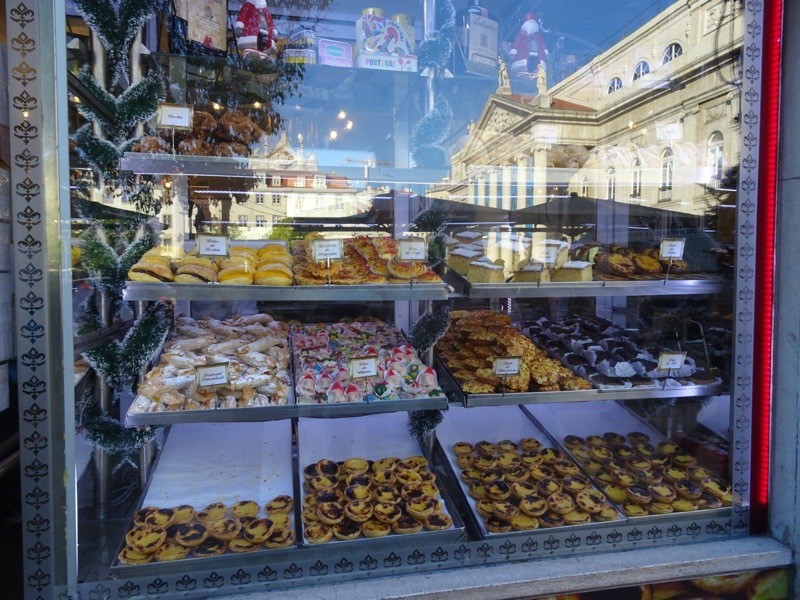
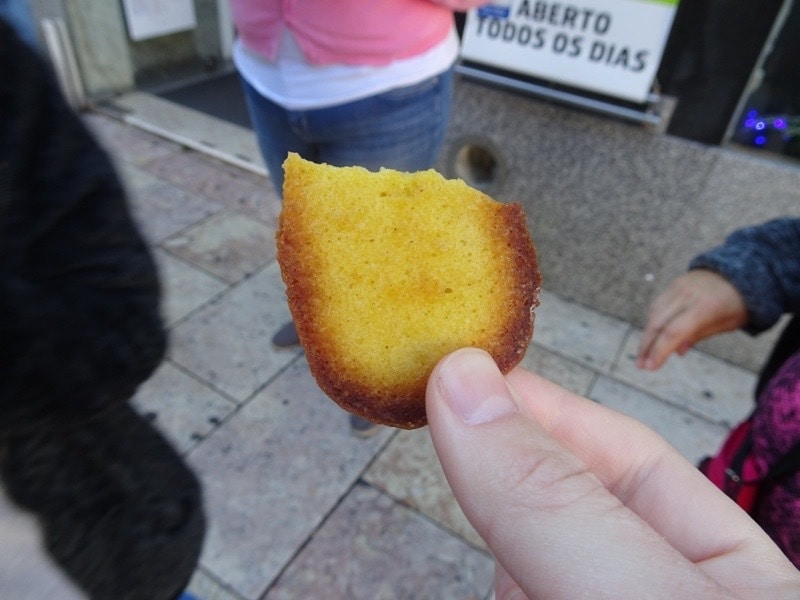

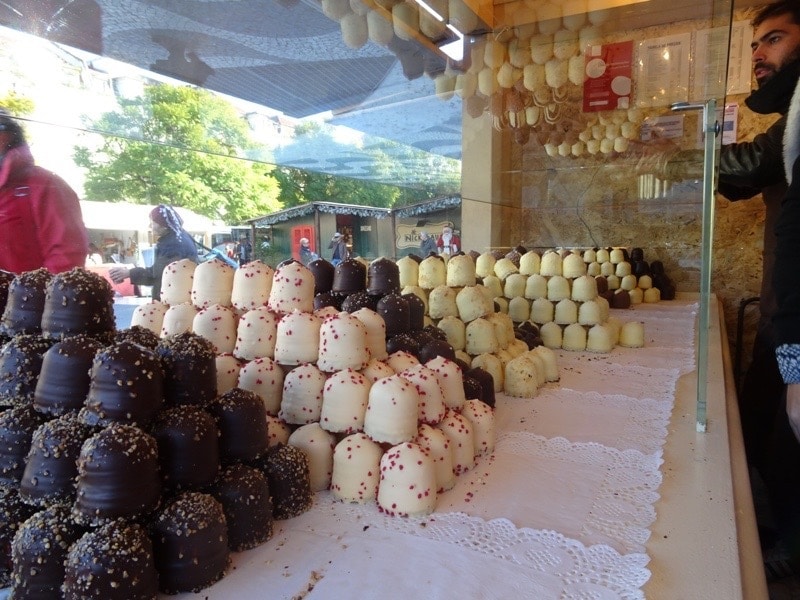

I hope you enjoyed this blog post as much as I enjoyed the food I got to eat in Portugal. If you did, don’t worry, there will be a part two to this post when we go back later this year. On top of that, there will be a food post about all the countries we go to in between now and then, such as South Africa, the Netherlands, and other countries in Europe. Until then, this is Haley AND Miss Colleen, signing off!

